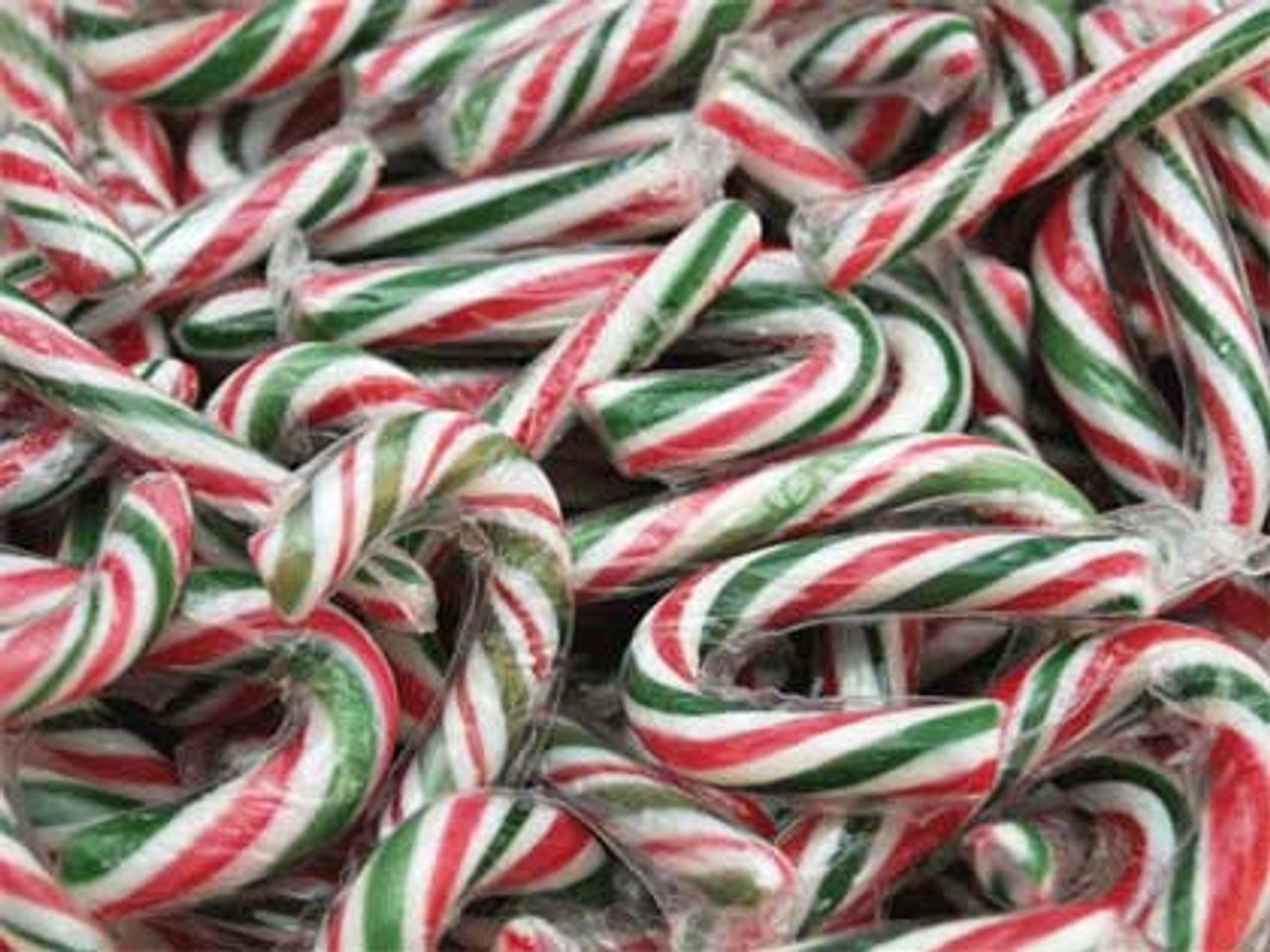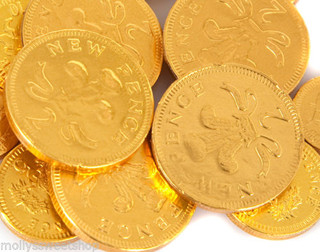Posted by Adele on 28th Nov 2023
Christmas Traditions
"British Christmas: The Backstory You Didn't Know"
The exchange of gifts during Christmas brings joy and excitement, especially for children. Many of us can vividly recall the thrill and anticipation of waking up on Christmas morning, rushing downstairs to discover stockings filled with festive treats, and a heap of beautifully wrapped gifts nestled beneath the twinkling lights of the Christmas tree.
But when did Christmas gifting begin?
Traditionally Christmas began as a time for adults, it was marked with eating far too much and generally rowdy behaviour (very similar to today - in some cases!) but back then Father Christmas was a character who acted as a master of ceremonies. It was the Victorians who wanted to transform Christmas and introduce a time focused on Children and family life.
In the 19th century, gift-giving shifted from early December to Christmas, and by the 1870s, it became common for Father Christmas to arrive with his sack of presents on Christmas Eve, nearly universally in England!
What do Candy Canes have to do with Christmas?
A candy cane is a cane-shaped stick of candy often linked with Christmas and Saint Nicholas Day. Traditionally, it was white with red stripes and flavoured with peppermint, although there are now several variations and they come in different flavours and colours.
Our candy canes are a festive red, white & green!

A common folklore story states that the traditional candy cane dates back to 1670, in Cologne, Germany. The choirmaster in Cologne Cathedral wanted to make the children be more quiet during the Living Crèche tradition of Christmas Eve, so he asked a local candy maker to make some ‘sugar sticks’ for them! In order to justify the practice of giving candy to children during worship services, he asked the candy maker to add a crook to the top of each stick, which would help children remember the shepherds who visited the infant Jesus.
So why do we hang up a stocking?
Nowadays children leave them out so that if they’ve been good they can receive lots of lovely presents…..but it all began according to tradition, with Saint Nicholas who knew a family was poor so he threw bags of gold down the chimney while their stockings were drying, starting the tradition of hanging stockings on Christmas Eve in hopes of finding them filled with gifts & chocolate coins.

Why do we have a Christmas Tree?
Again the tradition of having a Christmas Tree began in Germany, church reformer Martin Luther was walking home one snowy night and he noticed the stars twinkling through the tree branches. He wanted to recreate this effect so cut down a tree and decorated it with fairy lights - beautiful!

Why do we pull Christmas crackers?
The inventor of the Christmas cracker, Tom Smith, stumbled upon the idea by accident. In the 19th century, while making wrapped sweets, he added a motto to them. Experimenting further, he introduced a specially treated paper strip that "cracked" when the sweet was opened. (What a fab idea!) This accidental innovation evolved into the Christmas cracker we recognise today, with the first one being sold in London in 1847.
And finally why do we eat sweets at Christmas?
Our brains have a sugar reward system that makes us feel good when we eat sugar. Celebrations often involve enjoyable things like sweets and socialising. As kids, we were rewarded with sugar for good behaviour. This makes us associate sugar with happy times. Research shows that just thinking about something pleasurable releases a bit of a feel-good chemical called dopamine, getting us ready for the fun.
So what are you waiting for, why not stock up on your sugary goods now! ?
